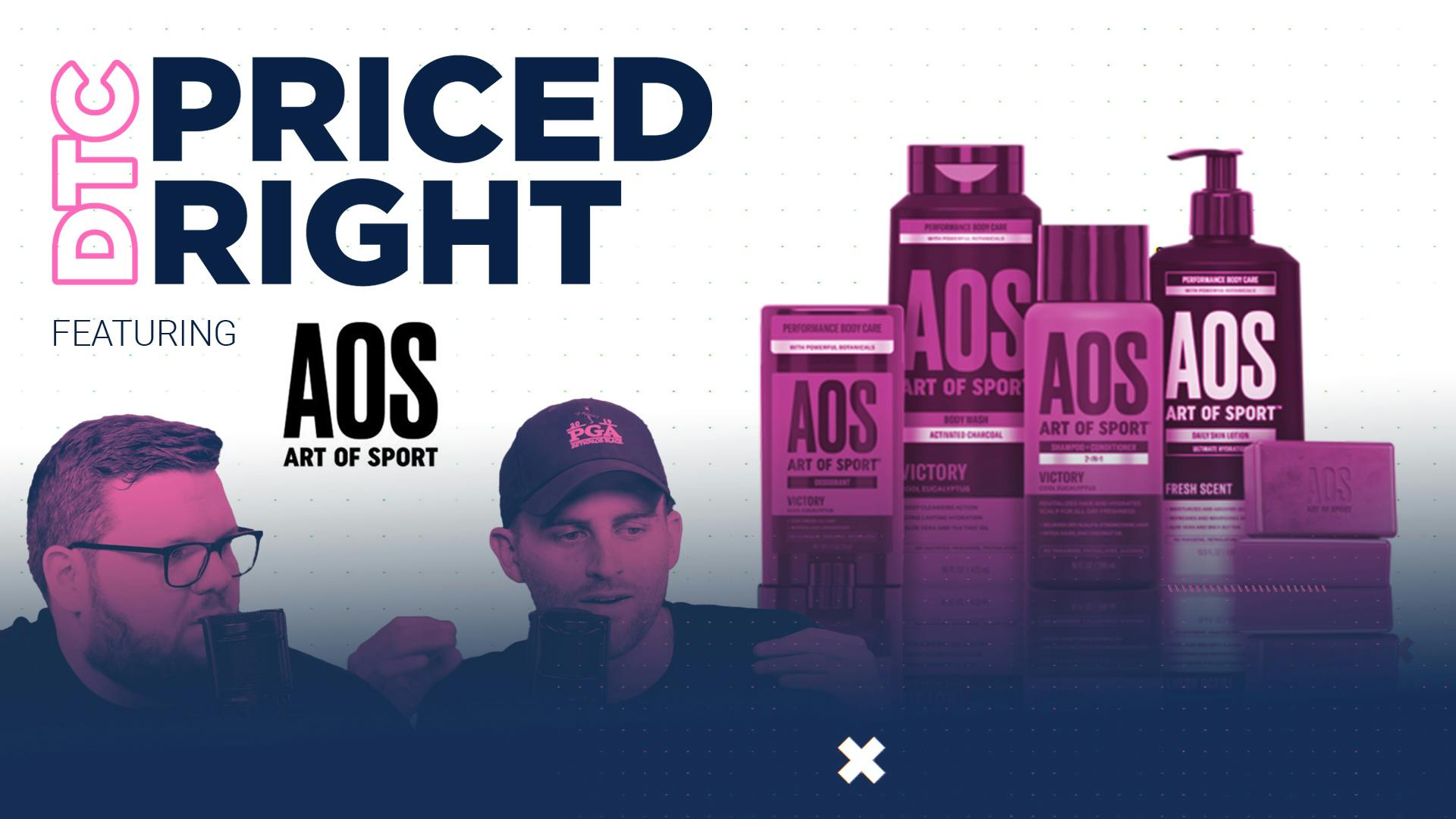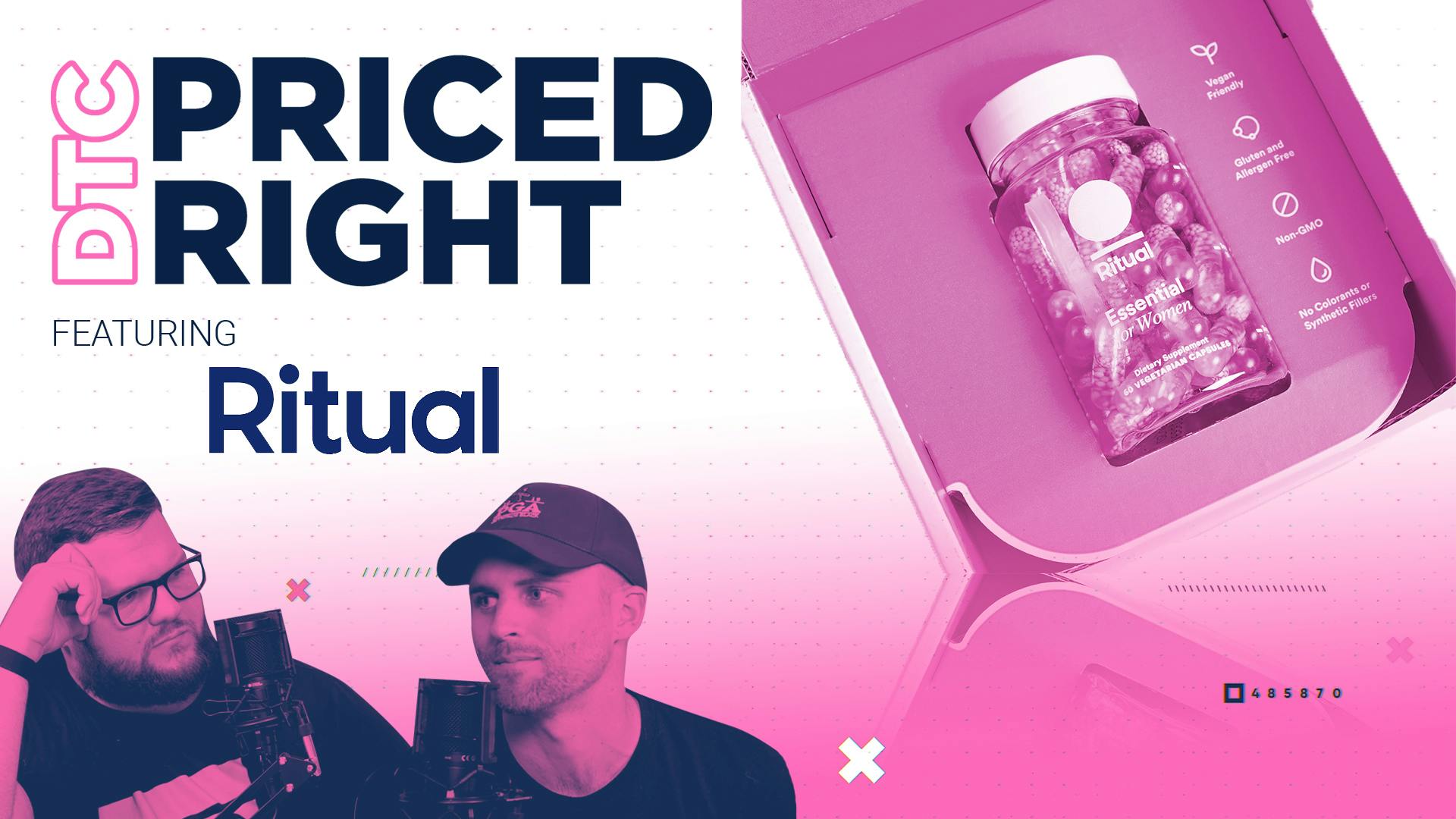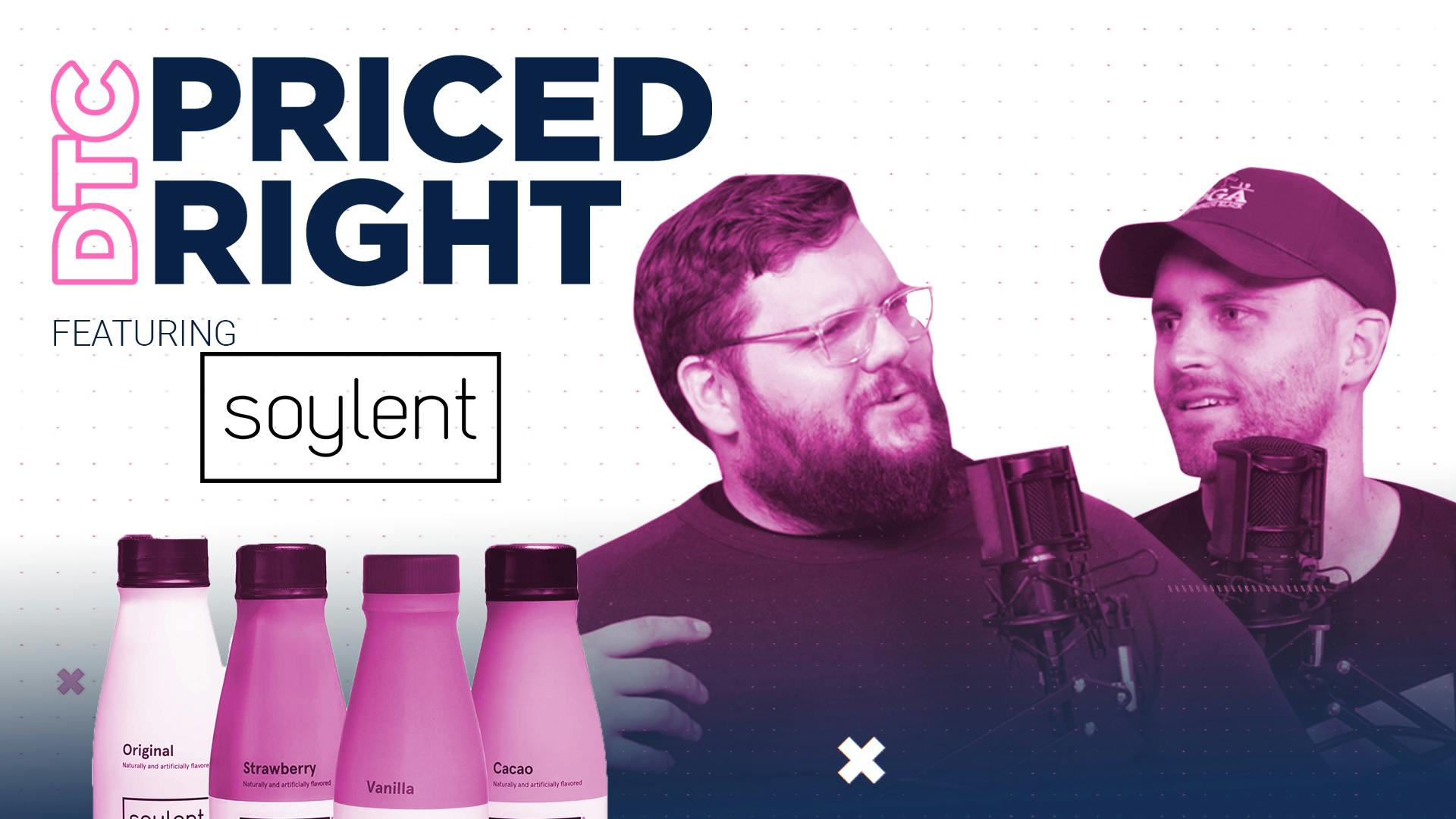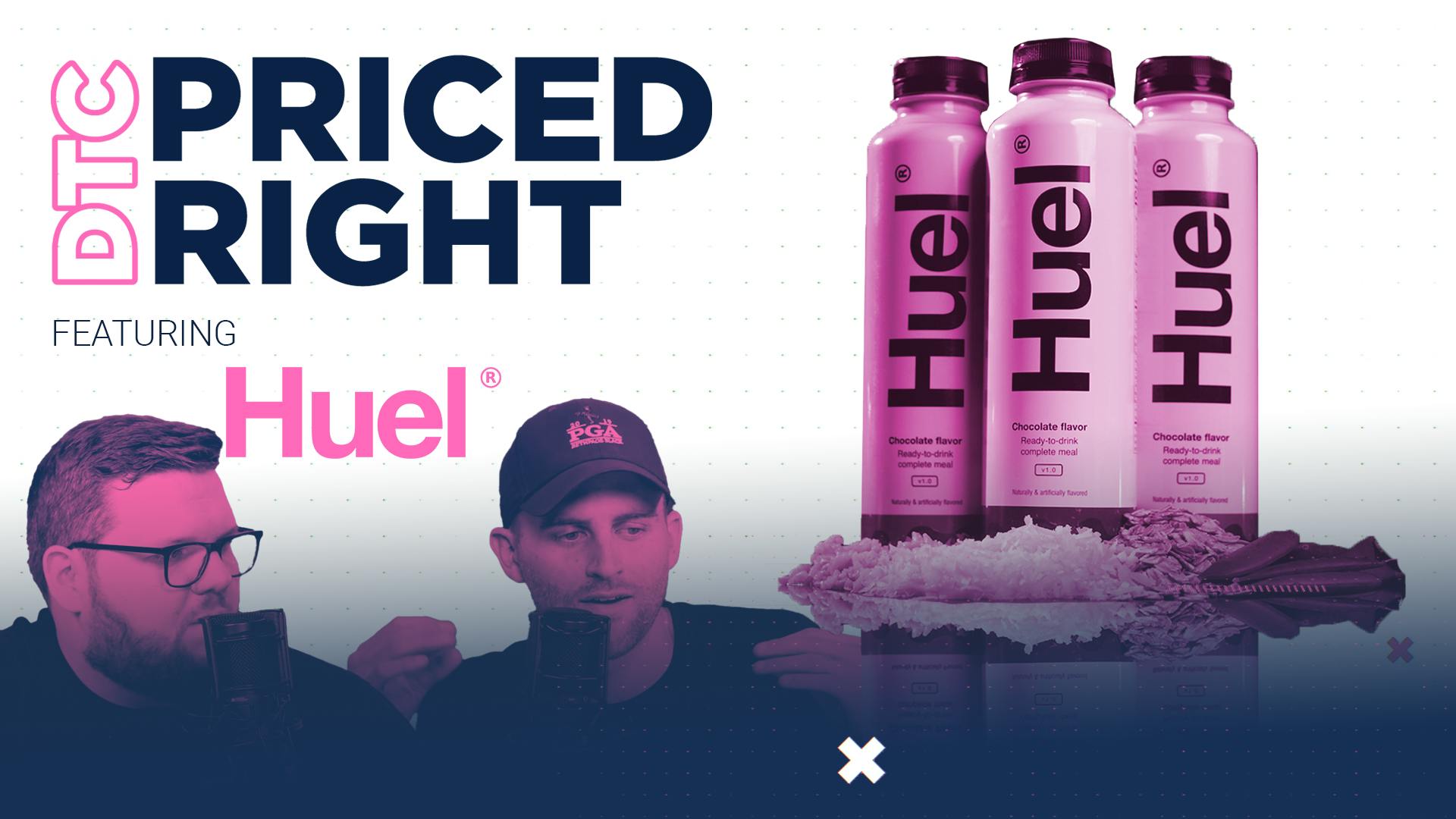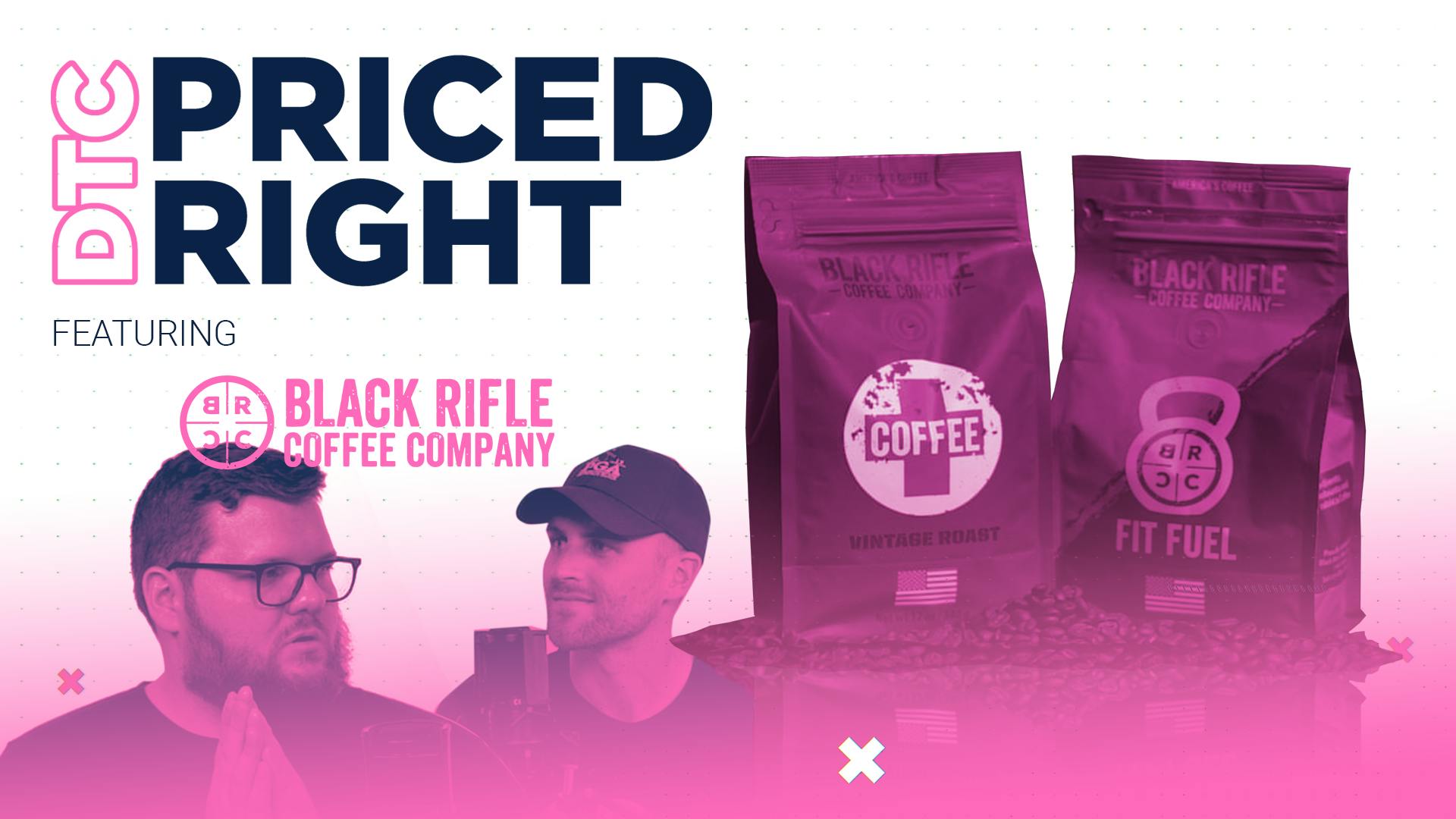
Cora has a good flow
This episode might reference ProfitWell and ProfitWell Recur, which following the acquisition by Paddle is now Paddle Studios. Some information may be out of date.
Please message us at studios@paddle.com if you have any questions or comments!
Below are some valuable takeaways you can use for your own business.
- Positioning to help can boost willingness to pay.
Having a social cause central to your DTC brand increases willingness to pay substantially, as well as retention. It’s a great way to help the world in a way that you care about and that aligns with your brand. - Localization is key in a wide market.
Localization is a significant force for revenue monetization that shouldn’t be overlooked. Our data shows that depending on the market, the willingness to pay can be significantly less than the US, or as much as 85% more. Additionally, localizing your pricing helps you connect with your customers and build trust. - Know where to expand.
In order to be successful, especially in DTC, you have to be multi-product. Being aware of your cross-sell and up-sell opportunities helps to bake growth into your monetization model. It's all about understanding and selecting what should be an add-on versus what should be a whole new product line.
Cora
When women think of their period, they don’t typically think of it as a positive experience. In fact, twenty percent of women experience periods so painful, it interferes with their daily obligations or activities. Almost nine days per year of lost productivity are attributed to cramps and heavy bleeding. Add to this the shame and stigma around their periods, they also experience.
And for about 100 million women and girls in developing countries around the world, their experience is even worse. Due to lack of access to proper menstrual products, they’re forced to use dirty rags, newspapers, or even sand to manage their cycle. This is known as period poverty, and it’s all too common for the year 2021. This entire issue hit home for Molly Hayward and inspired her to start Cora, a subscription brand of organic menstrual products, in 2016.
With a background in social justice, Hayward traveled five continents and 13 countries over the span of 10 years working for women’s human rights and socio-economic empowerment. And it was during her travels throughout developing countries, that she saw, firsthand, the tragic circumstances that women and girls were experiencing.
The inability to afford menstrual products was not only keeping girls from their education, it was also leading to infections and reproductive health problems. Add to that, an unregulated tampon market, meaning most tampons were made with harmful materials. This was more than enough to ensue Hayward’s passion for women’s periods.
Cora's success
There’s two main factors that can be attributed to Cora’s success:
One being, they ensured social impact was at the core of their business model. Their one-for-one social impact model means that for every box of Cora tampons sold, they provide a month’s supply of sustainable sanitary pads to at-risk women and girls in India. Women were already needing to purchase period products every month—with Cora, they now had the opportunity to also help a woman or girl in need.
Strong customer service is the second component of their success. Cora also built flexibility into their subscription model, including a free trial. Understanding that every woman’s body is different, it was important for women to have the ability to customize their orders based on their bodies and needs, and how they change over time.
Part of that great customer experience also includes Cora’s commitment to quality and transparency. And it’s evident as all of their products have their ingredients clearly listed, and include natural, non-toxic, chlorine-free ingredients, and organic cotton. Their offering also goes beyond just tampons and includes pads, period underwear, cups, liners, and body care products. The whole experience can be managed online, in private, with no trips to the store, unless you choose to. Cora is also available in stores.

Women and girls are loving Cora’s products. Since they started in 2016, they’ve provided over 12.4 million products and reached over 1.5 million girls, worldwide. Cora has no plans of slowing down as they are now committed to donating 6.6 million goods, in the US, by 2022. But is their pricing strategy sustainable for long term growth?
The market for menstrual products
Cora's space is easy to fall in love with. Women's health is expected to reach a$40 billion value by the year 2022. It's a crazy-big number, but it makes sense. Women use, on average, 11,400 tampons in their lifetime. That is, if they have access. The developing world offers a great opportunity to give back with products or donations like these. This space is ripe for disruption.
Historically, the women's health or reproductive health markets have been pretty terrible. Some of Cora's competitors, like Lola, as well as Cora itself, have done a great job of highlighting the problems that currently exist. Like—a quarter of the world's pesticides are used on cotton. Which is then used to make tampons, which are supposed to go inside women's bodies? That's awful. And those are the products that are actually getting cotton, as opposed to synthetic fibers, wood pulp, or rayon.
When you're in a market where there's tremendous demand, but few people who understand the existing problems, you have a huge opportunity to make a splash (and a ton of money). In that spirit, let's take a look at their pricing page.
Pricing Page
Cora does a couple of things really well with their pricing flow—all puns intended. The first thing that they do is that their add-ons are encountered during your purchase process, but they do need to be a bit careful with dissonance. When you're looking at purchasing a subscription for tampons and pads, they have a ton of packages that seem to include classic products. I'm guessing that this subscription for your standard products is their biggest seller.

We've said time and time again that packaging options are wise when you have a fragmented market. Not everyone's menstrual cycle is the same intensity or follows the same timeline. Customization is a crucial feature of their ordering process. As you're moving along, though, you'll begin to also encounter other options, like the Cora cup or clothes. You encounter this at the perfect time because you're already in a buying motion.
What's fascinating here is that Cora has all kinds of supplements—from panty liners to body cloths. These are things that less expensive than the initial purchase and are very easy to add to your cart with one click. Some companies do this post-checkout. Doing it upfront, however, gets more and more buy-in. You see this in monetization theory as well. It'll boost the lifetime value of a customer and increase brand loyalty as they turn to you for more products—no matter how small. For your business, it truly comes down to this: regardless of your product, you should offer some sort of add-on. They really do pay off.
Next up, one thing that Cora does wonderfully is positioning longer-term contracts. We see tons of D2C companies not doing this, despite it being a great way to boost LTV and drive expansionary revenue. Something they're lacking, however, is a reason to choose that longer-term contract. They don't even offer a monthly option—you have to opt into three months at a minimum, at least for one product I was looking at. This is a great way to get me hooked, but there's no incentive for me to go yearly. They price out longer contracts but give no illustration of what those bigger contracts help you save. They don't even do the psychological marketing of letting you know that, "Hey, this is our most popular option!"

The overall design of their pricing page is also very strong. There are definitely some dissonance points where, especially when you click on certain products, there is a lot of information to scroll through. It's stuff that I'm not necessarily interested in. However, you can tell that even in the design of what they send you, this product feels more premium than Lola. It takes a monthly routine that often feels like a chore, and adds a bit of glamour to it.

Let's see the data.
Where does our data come from?
Here at ProfitWell, our Price Intelligently software combines proprietary algorithms and methodologies with a team of pricing experts who think about this stuff more than anyone else to help companies optimize their monetization strategy. We do this by going out into the market and collecting data from current and prospective customers, having the ability to collect data from everyone, from a soccer mom or dad in the middle of Kansas, all the way to a fortune 500 CIO in South Africa. We then take that data and run it through our algorithms and analyze it in every direction to determine a company's ideal customer profiles, as well as which segments value, which features and which segments are willing to pay more, all in the spirit of determining how a company can use monetization for growth.
Positioning can help boost willingness to pay considerably
We've talked about cause-based products a couple of different times. One thing that Cora does very well, compared to their biggest competitor Lola, is that the entire concept of helping women in need is central. It's not just mentioned on their website, it's built into their branding.
Their homepage talks about how self-care is a choice and mentions that your period can be used to reflect your values. They share how they're helping millions of girls around the world access reproductive health products. When we look at the actual data, we found that this attitude boosts willingness to pay when it is a part of their value proposition.
We collected a bunch of data from current Cora customers, as well as prospective customers. We found that the monthly willingness to pay for tampons and pads ranged from $8-$20, with the median falling at about $14. Looking at this as a monthly rate, I would say that Cora is priced relatively on target. Except for the fact that they could definitely be charging more. What happened when we overlaid the descriptions with the concept of helping women in need, willingness to pay jumped about $5 to $8.

This is an incredibly powerful message which proves that, when you put a cause in, it can help the world and your business. At the very least, Cora should offer a donation option within the check-out process, for customers to contribute an extra $2 to $5 per month to help developing nations. Again, this boosts the impact that Cora can make and customer retention.
Localization is key in a wide market
We've already talked about how women's health is a huge market. That means that localization is key, which we talk about all the time. We need to keep bringing it up because DTC companies are just not doing this, which is honestly painful. It's low-hanging fruit, at least from a website perspective. Shipping can be hard, but for brands like Cora, figuring out a localized pricing strategy is huge for maximizing profits.
The data on localized prices is probably pretty intuitive and predictable now, but let's see if you remember. Compared to the United Staes, India and China often have a lower willingness to pay. Then Western Europe and the Nordics swoop in, always willing to pay that premium. The Nordics are almost always 25%-30% more. But no matter where you are in the world, most women will need these products and everyone cares about causes. The biggest impact can be made by grasping the various willingness to pay to support around the world.

If it's too complicated for your company to figure out how to ship to all of these different countries... maybe it's something you put on the back burner. But if you're already seeing tremendous international expansion, this should be your next step. Once your feet are on stable footing under you, getting your product international should be a huge part of your growth framework.
Value Matrix
You're about to see something called a value matrix. Here, we collected data from the group comparing feature preferences and plotted those on the horizontal axis. More valued features on the right, less valued on the left. We then collected willingness to pay for the overall product and plotted that based on their number one feature preference on the Y axis. Analyzing data in this manner, allows us to determine which features are differentiable. Ad-ons, core, or commoditized for each segment.
Know where to expand in terms of cross-sells and up-sells
Cora does this very well because they go into all parts of reproductive health for women. We put together a value matrix, where we asked current and prospective customers the relative preference for a bunch of different features or products. This helps us identify what products stick out the most to consumers, and how that impacts what they'll pay for them.
What you'll see here is that things like tampons and panty liners are seen as core features. It doesn't mean that people aren't willing to pay for them, but they're expecting them to come standard. They're not great add-ons. On the other hand, things that treat cramps, promote sexual wellness, provide UTI care... these are things that aren't necessarily the biggest features you should lead with. But for the people who do need them, the willingness to pay is there. They make for great add-ons and differentiable features for subscriptions.

The point here for your business is that there are very few—if any—DTC brands that get to any level of escape velocity without having multiple different products or add-ons to a core product. Data helps us understand this, and can help inform the development and planning of future products.
Recap
- Positioning can help boost willingness to pay. Having some sort of cause central in a DTC brand is good for helping the world in a way you care about, as well as increasing willingness to pay and overall retention.
- Localization is key in a wide market. Localization is a significant force for revenue monetization that shouldn’t be overlooked. It's something that a lot of DTC companies are not really looking at, but it's so worth doing.
- Know where to expand. In order to be successful, you have to be multi-product. Being aware of your cross-sell and up-sell opportunities helps to bake growth into your monetization model. It's all about picking what's going to be an add-on versus what's a whole new product line.
Who's up next?
Next week is... no one. This is the end! At least, for now. We've enjoyed this season of DTC Priced Right, and you can look forward to some recap information that will come out in a bit. I know that I've learned a ton this season, and I hope you have to. If you think of any company, product, or space that you'd like us to explore in the future, you know where to reach me. I'll be on a brief hiatus, but look forward to coming back with plenty of cases to help you get your DTC Priced Right.

